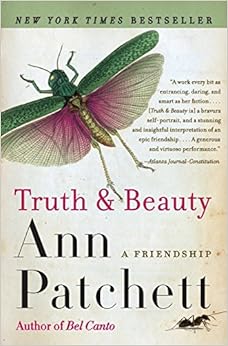
This story can be found in the May 25, 2015 issue of The New Yorker.
First Line: "When I think about it, the freezer chest, it's with a sensation of the ferry rocking and the North Sea beneath us, black because it is January, and then the artificial lighting of the lounge where they were sitting, Mark and the others-Starling, Henrietta, Poul, and Susanna-and where I was also sitting with our English teacher, Bo, who found me interesting to talk to, because, as he said, 'One would never know you were so young.'"
Last Line: "'Shame on you,' she said, and I'd like to know if she ever did anything about it, the incest."
I am delayed in posting my review of this story as life made other demands, but I did comment on it on The Mookse and the Gripes.
Here's a sampling of my thoughts:
My initial impression was: too much. So much symbolism and theme and long sentences and rambling-esque thoughts. Because it is a translation, and coming from another cultural perspective, it took me a few paragraphs to realize where they were and what they were doing. There was also a numbness, a passivity to the narrator that held me from seeing things clearly.
All of the story set-up seems at first to be clutter, but I feel it’s there to make the simple point clear and obvious. But I still haven’t cleaned up the clutter with enough readings to find the nugget, the gem, the simple point. It is the puzzle of this story that entertains me. I want to understand it. I just need a bit more time.
I reread and I even read another by Ms. Nors: https://www.guernicamag.com/fiction/mother-grandmother-and-aunt-ellen/ … and I was feeling the same thing – where’s the action. It reminded me of “My Life’s a Joke” in that it felt more vignette-like. But this tale was more “cluttered”. Either the tension and resolution, the emotional arc, was lost to me in all the action and sentences, or it was a “puzzle” (Nors) that just didn’t work.
Still not a favorite of mine. Wouldn’t even say I liked it. I can appreciate it more now – especially as I am beginning to understand the “why” behind some of the crafting…
With some time I may go back and give it another try, but I am willing to just let it go, unloved by me, for now.
image source: https://i.vimeocdn.com/video/470901339_640.jpg


